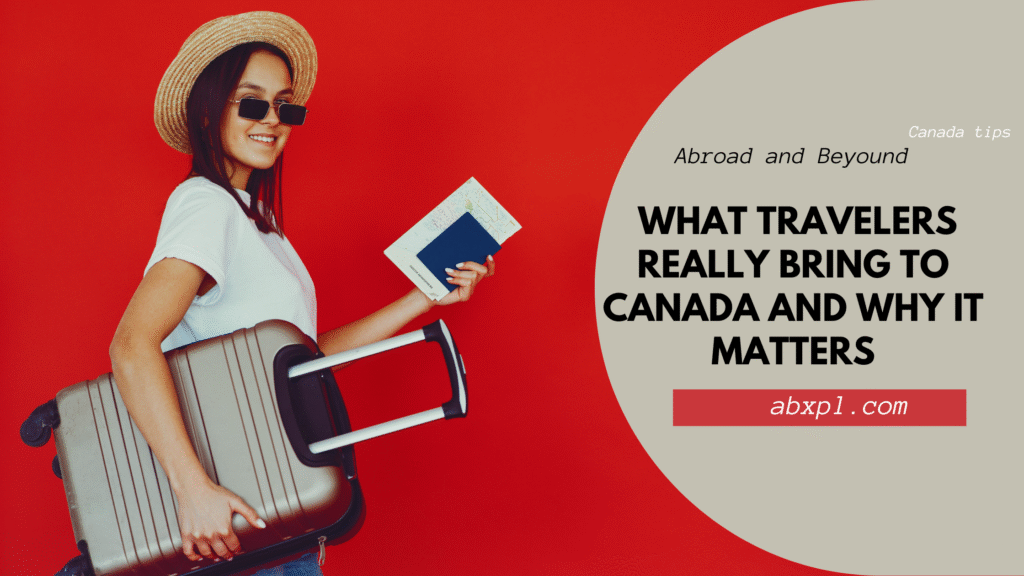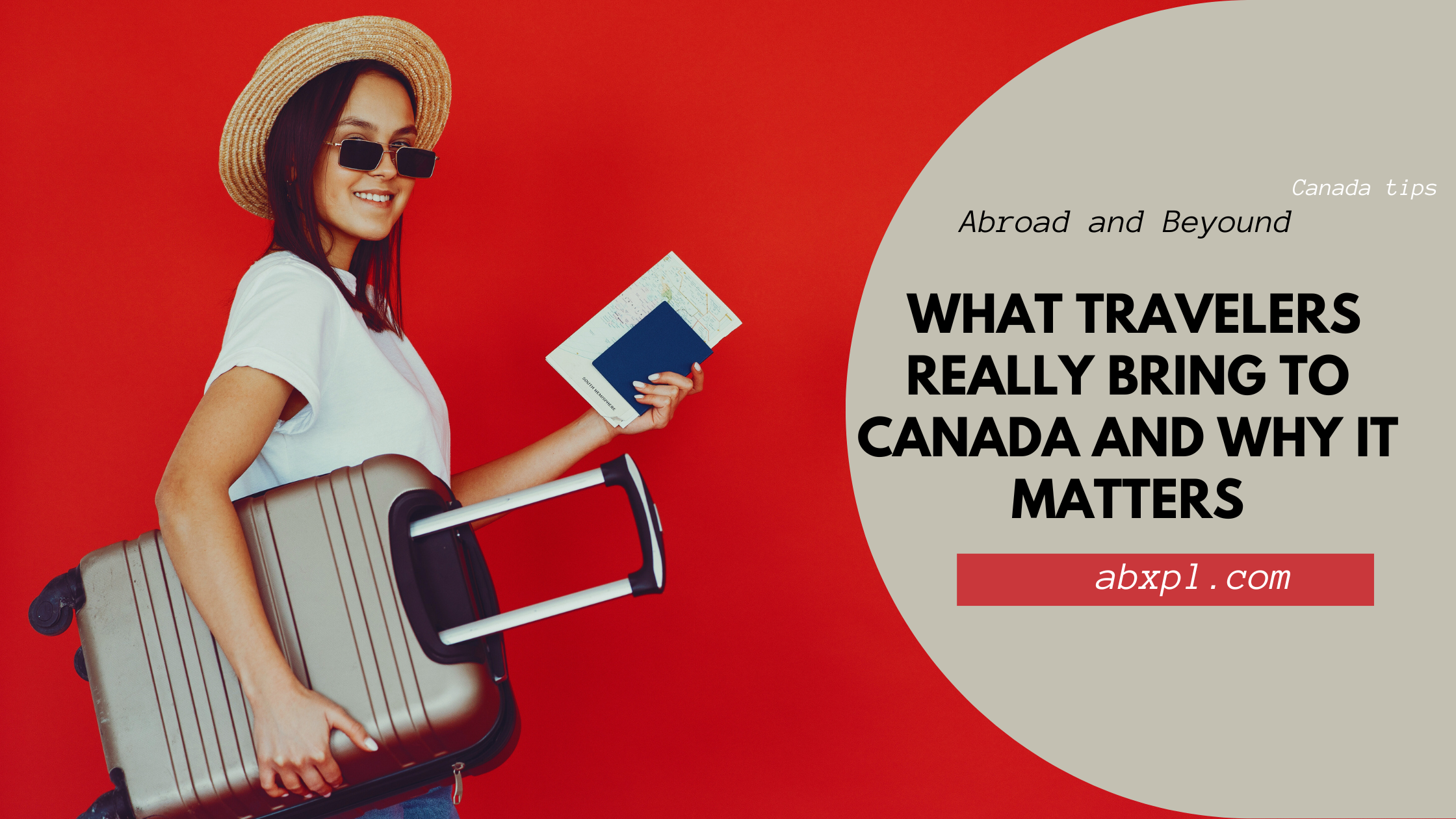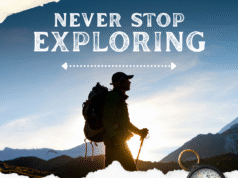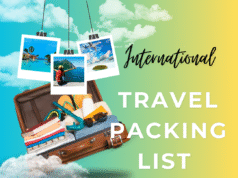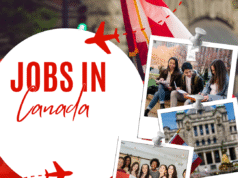Traveling to Canada is one of life’s greatest pleasures. Whether it’s a weekend escape to the countryside, a month-long backpacking trip across Canada, or a business venture overseas, the contents of a traveler’s bag can say a lot about who they are, where they’re going, and what matters most to them. But beyond social media packing tips and influencer aesthetics lies a more grounded reality: real bags, packed by real people, each with its own logic and emotion.
In this comprehensive guide, we’re delving deep into what real canada travelers pack, why they pack it, and how this changes based on destination, purpose, personality, and more. We’re talking practical, personal, and sometimes peculiar—because real travel isn’t always pretty, but it’s always fascinating.
1. The Psychology of Packing: Why We Pack What We Pack
When traveling to canada, packing is not just about function—it’s also deeply emotional. The items we choose to bring reflect our values, fears, and hopes.
- Security Blankets: Some travelers carry a favorite hoodie, a lucky charm, or a particular tea blend that brings comfort in unfamiliar places.
- Preparedness vs. Minimalism: Some overpack to prepare for every possible scenario. Others go minimalist to feel free. Real bags often fall somewhere in between.
- Cultural Considerations: Travelers often pack according to cultural expectations of their destination—modest clothing for conservative areas or extra shoes for cities known for walking.
Real Bag Insight: In a study of 100 frequent travelers, 65% reported packing at least one “non-essential” sentimental item like a photo or memento, indicating how emotional packing can be.
2. Types of Travelers and What’s in Their Bags
Every traveler is unique, and so is their luggage. Let’s break down a few common traveler types and what they really pack.
A. The Digital Nomad
- Essentials:
- Lightweight laptop
- Noise-canceling headphones
- Global power adapter
- Cloud storage backup drive
- Collapsible laptop stand
- Clothing: Versatile and wrinkle-resistant, often in neutral tones.
- Unique Items: SIM card organizer, mobile Wi-Fi hotspot, digital detox cards.
B. The Adventure Seeker
- Essentials:
- Quick-dry towel
- First-aid kit
- Headlamp
- Portable water filter
- Hiking boots
- Clothing: Moisture-wicking layers, weatherproof jackets.
- Unique Items: Emergency blanket, portable stove, paracord bracelet.
C. The Family Traveler
- Essentials:
- Snacks and baby food
- Diapers and wipes
- iPads with kids’ games
- Noise-blocking headphones
- Favorite toys or plushies
- Clothing: Multiples of everything—accidents happen!
- Unique Items: Child harness leash, inflatable booster seat.
D. The Luxury Jetsetter
- Essentials:
- Silk sleep mask
- Travel-sized skincare set
- High-end luggage (e.g., Rimowa or Tumi)
- Outfit changes for different events
- Clothing: Designer and seasonal, often packed in garment bags.
- Unique Items: Jewelry travel roll, handheld steamer.
E. The Cultural Explorer
- Essentials:
- Local phrasebook or translation app
- Museum pass
- Lightweight scarf for temple visits
- Notebook for journaling
- Clothing: Cultural-appropriate garments, comfortable shoes.
- Unique Items: Foldable tote for market finds, travel altar or spiritual tokens.
3. Common Mistakes in Packing (and How Real Travelers Avoid Them)
Even seasoned travelers make mistakes. Here are some common ones and how real-life packers have learned to avoid them:
- Overpacking: “I used to bring five pairs of shoes,” says Maria, a frequent solo traveler. “Now I bring two—one walking, one nice.”
- Forgetting the Essentials: Chargers, medications, passports—it happens. Smart travelers now use packing checklists apps or keep pre-packed pouches.
- Not Considering Weather: One travel blogger recounts landing in Bali during monsoon season—without a raincoat. Real travelers double-check the forecast.
- Packing Too Many “Just in Case” Items: While it’s tempting, travelers often regret it when their bags are overweight or their shoulders ache.
4. Real-World Packing Strategies That Work
A. Packing Cubes and Compression Bags
Used by 78% of seasoned travelers surveyed, these tools keep items organized and compressed, saving space and time.
B. The 5-4-3-2-1 Rule
A minimalist approach:
- 5 tops
- 4 bottoms
- 3 accessories
- 2 pairs of shoes
- 1 swimsuit
Works for most one-week trips.
C. Layering Instead of Bulking
Rather than packing a huge coat, many travelers layer lighter pieces to accommodate changing weather.
D. The “Personal Item” Strategy
Real flyers exploit airline rules by maximizing their “personal item” (like a laptop backpack) to carry extra essentials—snacks, tech, documents, water bottle.
5. Travel Bag Types: What People Actually Use
There’s no “one size fits all” when it comes to travel bags. Here’s a breakdown:
A. Carry-On Suitcases
Ideal for:
- Short trips (under 5 days)
- Business travelers
- Air travel without checked baggage
Why travelers love it: Wheels, structured packing, fits overhead.
B. Travel Backpacks
Ideal for:
- Backpackers, students, digital nomads
- Countries with cobblestone streets
Why travelers love it: Versatile, hands-free, fits on buses/trains easily.
C. Duffel Bags
Ideal for:
- Road trips, gym + travel, casual travelers
Why travelers love it: Flexible space, easy to stuff into car trunks.
D. Hybrid Bags (Convertible Backpacks/Suitcases)
Ideal for:
- Urban travelers
- Long international trips
Why travelers love it: Best of both worlds—structure + flexibility.
6. Real Packing Lists: Snapshots from Real People
Let’s look at real-life examples from travelers around the world.
Sophia, 28, from Toronto – Solo Traveler in Asia
- Bag: Osprey 55L Backpack
- Unique Item: Journal her mother gifted before the trip
- Top 3 Items: Packing cubes, mosquito spray, Kindle
- Quote: “My Kindle has 200 books, yet weighs nothing. It’s my world.”
James, 41, from New York – Business Traveler
- Bag: Tumi carry-on
- Unique Item: Portable espresso maker
- Top 3 Items: Noise-canceling headphones, blazer, power bank
- Quote: “My espresso gadget gets me through jet lag.”
Amina, 35, from Nairobi – Family of 5 on Holiday
- Bag: Samsonite large spinner x 2 + kids’ mini backpacks
- Unique Item: Foldable potty seat for toddlers
- Top 3 Items: Snacks, iPads, kids’ shoes
- Quote: “If they’re fed and entertained, I’m happy.”
7. The Evolution of Packing: Then vs. Now
Compare packing from the 1990s to today:
| Item | Then | Now |
| Camera | Film camera | Smartphone |
| Maps | Paper maps | Google Maps, offline |
| Communication | Postcards | WhatsApp, IG, Email |
| Clothing | Cotton-heavy | Tech fabrics |
| Books | Paperback | eReaders |
Technology has streamlined the way we travel. Modern luggage is lighter, smarter, and often includes built-in chargers or GPS tracking.
8. Cultural and Regional Packing Variations
Travelers from different cultures and regions pack differently. Some observations:
- Japanese travelers often bring beautifully organized toiletry kits and multiple gifts or “omiyage” for hosts.
- Europeans tend to favor quality over quantity, packing fewer but more versatile items.
- Americans often carry tech-heavy bags and are more likely to overpack.
- Africans and Middle Easterners might carry spices, cultural garments, or large quantities of gifts when visiting family.
Understanding cultural norms can explain the diversity in what people choose to carry.
9. Sustainability and Smart Packing
In the era of climate awareness, many real travelers are becoming more eco-conscious.
Eco-Packing Tips:
- Use solid toiletries to avoid plastic bottles
- Pack reusable water bottles and utensils
- Choose eco-friendly luggage brands (e.g., Paravel, Solgaard)
- Pack only what you need to avoid weight-related fuel consumption on flights
Sustainable packing isn’t just about being trendy—it’s a responsibility many travelers are embracing.
10. What We Learn from Real Bags
Real bags are not curated for social media. They’re functional, personal, and often chaotic. But they reveal:
- Priorities: What matters to the person (comfort, convenience, culture).
- Values: Sustainability, preparedness, or spontaneity.
- Storytelling: A bag tells where a traveler is coming from and where they’re going.
Conclusion: The Soul of Travel Is in the Bag
A traveler’s bag is more than just luggage—it’s a microcosm of their life for a brief time. It’s packed with practicality and personality. It contains hopes, fears, dreams, and snacks. Understanding real bags gives us a more authentic, inclusive, and honest look at travel.
So the next time you’re preparing for a journey, take a moment to look at what you’re packing—not just what you’re bringing, but what it says about you.
And remember: every traveler is different, and every bag tells a story.
